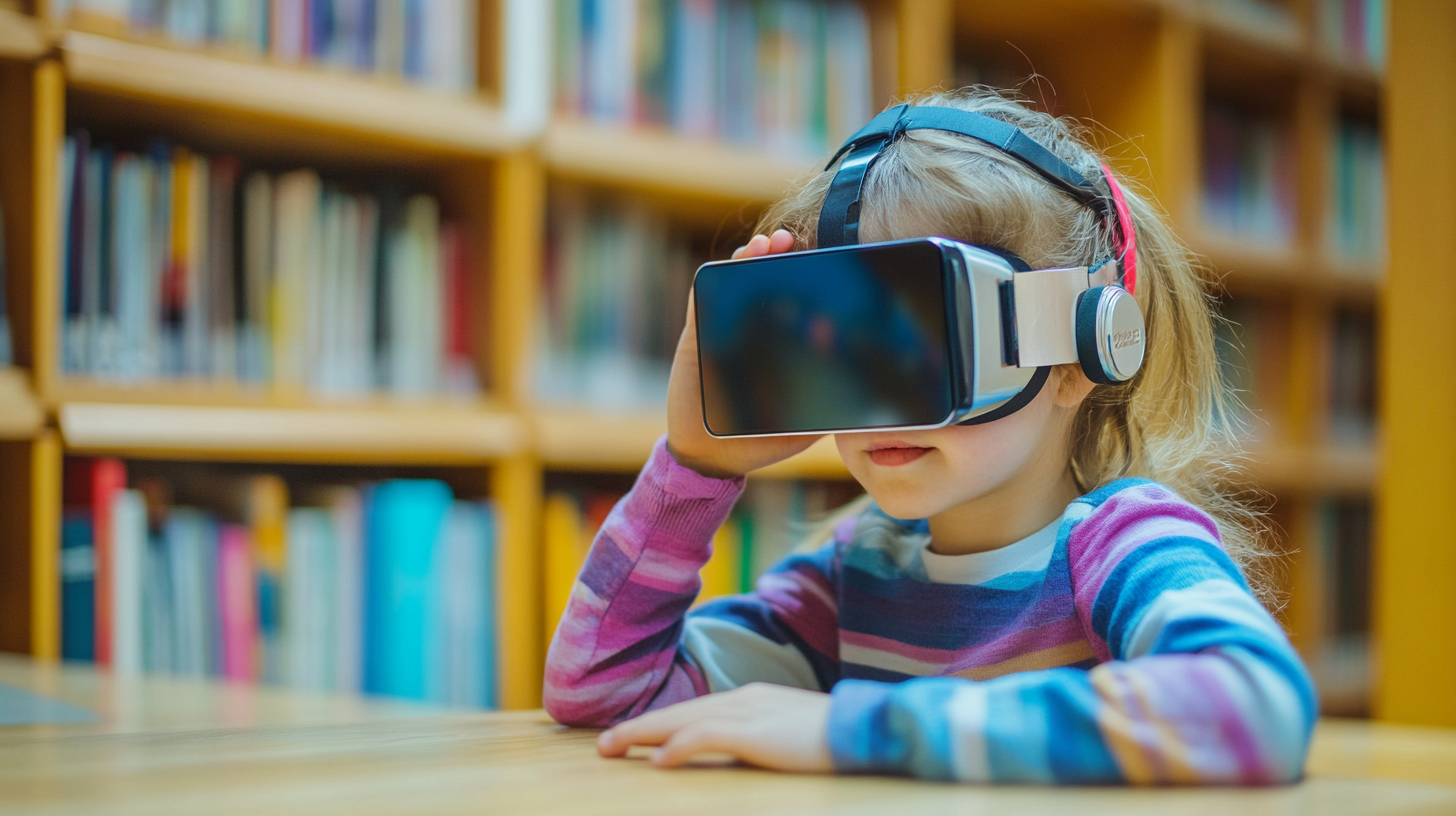Educational Technologies: How Interactive Books and Electronic Games Are Transforming Children's Learning
In today's digital age, educational technologies are revolutionizing how children learn and engage with educational content. From interactive books to electronic games, these tools are creating new opportunities for learning that were unimaginable just a few years ago. Let's explore how these innovative technologies are shaping the future of education and what it means for parents, teachers, and children.
Understanding Educational Technologies for Children
Educational technologies encompass a wide range of digital tools and platforms designed to facilitate learning. These resources combine entertainment with education, creating engaging experiences that capture children's attention while delivering valuable educational content.
- Digital learning platforms
- Interactive e-books
- Educational games and apps
- Virtual reality learning experiences
- Adaptive learning software
The Power of Interactive Books
Interactive books represent a significant evolution in children's literature, offering engaging features that traditional books cannot provide:
Key Benefits of Interactive Books
- Enhanced engagement through multimedia elements
- Immediate feedback and interaction
- Customizable reading experiences
- Support for different learning styles
- Built-in educational assessments
Research published in Frontiers in Psychology shows that interactive features in e-books can significantly improve word learning and comprehension when properly implemented.
Educational Electronic Games: More Than Just Entertainment
Electronic games have emerged as powerful educational tools, offering structured learning experiences in an engaging format. Here's what makes them effective:
Learning Benefits of Educational Games
- Development of problem-solving skills
- Enhancement of critical thinking
- Improvement in hand-eye coordination
- Building of strategic planning abilities
- Fostering of creativity and innovation
Selecting the Right Educational Technology
When choosing educational technologies for children, consider these essential factors:
- Age-appropriate content and design
- Educational value and learning objectives
- Safety features and parental controls
- Quality of user experience
- Cost and value for money
Best Practices for Implementation
To maximize the benefits of educational technologies, follow these guidelines:
- Set clear learning objectives
- Establish reasonable screen time limits
- Monitor and guide usage
- Combine with traditional learning methods
- Track progress and adjust accordingly
Expert Corner
Dr. Sarah Johnson, Child Development Specialist: "Educational technologies, when used appropriately, can create powerful learning experiences that complement traditional education methods. The key is finding the right balance and ensuring the content aligns with developmental stages."
Parents' Voice
Emily Thompson, mother of two: "We've seen incredible progress in our children's reading and math skills since introducing educational apps and interactive books. The key has been choosing high-quality content and maintaining reasonable screen time limits."
Conclusion
Educational technologies are transforming how children learn, offering exciting opportunities for engagement and development. By carefully selecting and implementing these tools, we can create enriching learning experiences that prepare children for the digital future.
Want to learn more about educational technologies and get regular updates on the latest tools and tips? Follow us on Instagram @crianca.blog where we share daily insights and recommendations for tech-savvy parents and educators!
Stay connected with us for more educational technology insights and tips!
References: [1] Atlantis Press: Interactive Children's Books [2] Frontiers in Psychology: Impact of Interactive Features [3] Computers in Human Behavior: Digital Games in Education